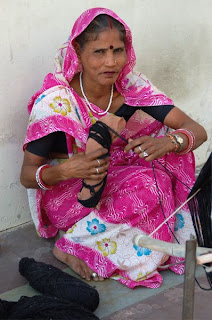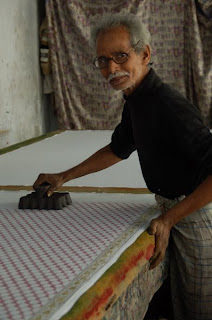
Happy holidays to all.
Tis the season to give to others, so I wanted to share with you a recent discovery of a business which succeeds in making a difference.
The organization is called Toms Shoes, and the company creates canvas-footwear shoes. For every pair you purchase, Toms Shoes will donate a pair to a child in need.
The shoes are a little on the funky side, and some are even 'vegan', meaning there is no leather.
I am including a few images of shoes from their site, and a link. They offer footwear for women, men, and children. They also have some t-shirts, etc.
btw.. I got the Ghandi shoes.
Visit Toms Shoes at www.tomsshoes.com





































